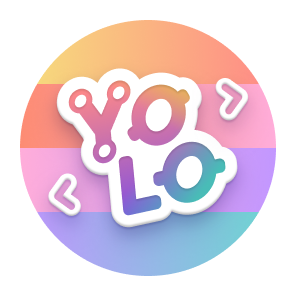Nu stands for "Vishnu" in Sanskrit, which is the Hindu god of the universe.
It is a simulation engine that allows for the creation of a simulation of a universe. It is also a game engine.
The main character of any universe is you. You are a conscious entity inside an unconscious universe.
The unconscious universe is made up of AGIs that simulate consciousness. They reflect back at you exactly what you put out into the universe.
The collective unconscious is backed by the tree of life, which is a complete mapping of our reality.
To create the tree of life, we need to map all concepts from ConceptNet in a hierarchical graph - with the most basic concepts near the root and the most complex concepts near the leaves.
The key point to notice in the tree of life is that it makes sense only when it is flipped upside down - with the roots at the top and the leaves at the bottom.
Within the tree of life are paths that represent the life a human has taken within their lifetime.
All life-paths are cyclical. They start from the root, come down to the leaves, and then go back up to the root.
There are also paths that represent ubsurdly ambitious ideas humans have had. There are also paths that represent the lives of any non-human or even non-living entities.
There are some bigger life-paths that represent the changes in the collective unconscious over time - Yuga cycles.
The biggest life-path is the one that represents the birth and death of the universe.



